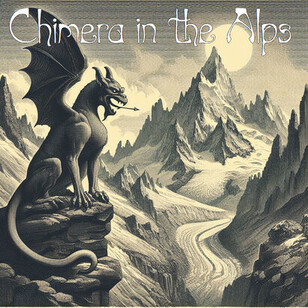|
|
|
AboutMain scope of the conference
Magnon Kittel mode in a YIG shere coupled to vibration and cavity photons, from H. X. Tang, Science (2016).
The scientific backbone of our community lies in the quest to co-localize elementary excitations of condensed matter—spins, magnons, phonons, and photons—in order to achieve strong coupling between their shared dynamics. This endeavor is driven by close collaboration between experimentalists and theoreticians. From this common ground, a variety of fundamental physical questions are explored. At the most fundamental level, building hybrid systems that couple classical mechanical resonators with single quantum excitations represents an important step toward preparing macroscopic quantum states, thereby deepening our understanding of the foundations of quantum mechanics. Conversely, mechanical oscillators can serve as exquisitely sensitive probes to measure the quantum dynamics of single qubits (photons, spins, etc.). This approach, pioneered by the cavity optomechanics community, has already produced remarkable achievements—from cooling mechanical oscillators to their vibrational ground state to detecting gravitational waves. The field has since broadened to encompass systems that co-localize light and acoustic vibrations, including bulk and surface acoustic or optical resonators, nanomechanical oscillators, and ultimately, single spins and qubits. Over the past decade, interest has expanded to include collective spin excitations (magnons), following the experimental demonstration of hybridization between a single microwave photon and a magnon. By strongly co-localizing magnons, phonons, and photons within a single cavity, one can envision rich composite excitations, potentially leading to tripartite entanglement in the quantum regime. Beyond its fundamental importance, this platform also holds technological promise: a strongly coupled photon–phonon–magnon system enables the coherent exchange of information between distinct excitations down to the single-quantum level. Such experiments could pave the way toward efficient, broadband, and coherent microwave-to-optical quantum information transfer, a crucial step for long-distance entanglement of solid-state qubits. Finally, the search for low-loss materials and optimized cavity designs for each of these quantum excitations lies at the heart of our ongoing efforts—and will be one of the central themes of this conference. |


